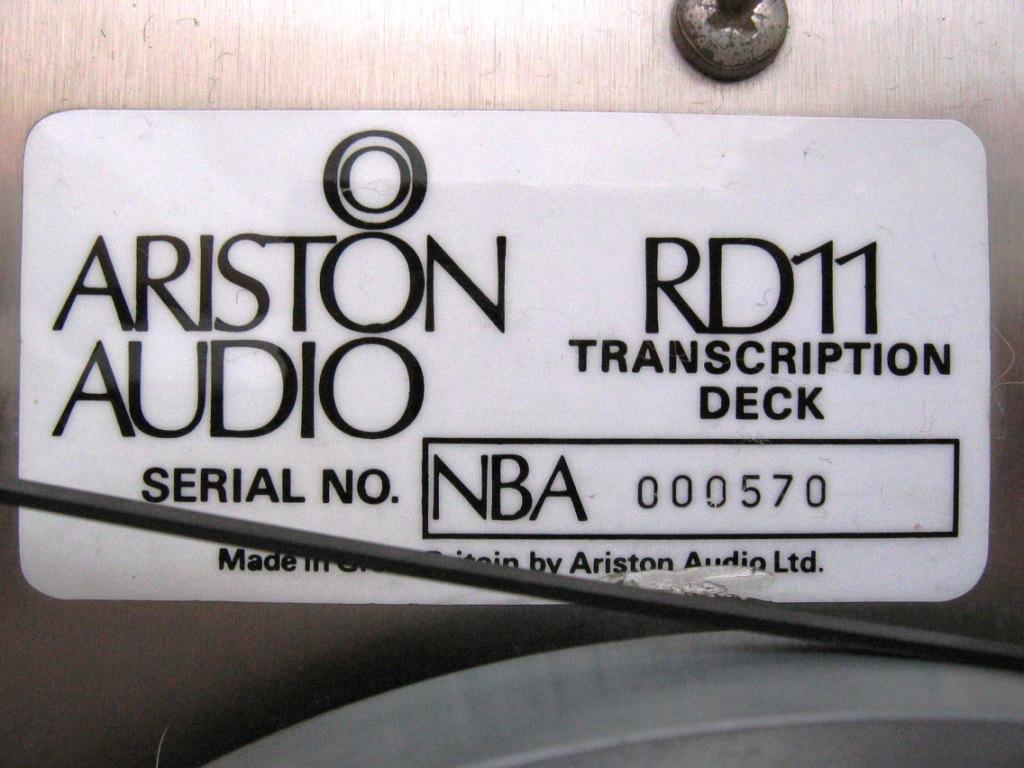Hello everyone. I am seeking guidance on an old Linn LP12. SN is under 3000 which probably dates it from 1974 or so. I picked it up in 1993, listened to it for a few years, and it has been following me around ever since. The arm I have (an old Roksan) is probably shot, and probably worthless even if functional. The table had some upgrades (possibly?) through the 80's, but none since. The motor is AC and simply plugged into the wall.
I assume this has some value to someone, either as a collectable, or as something that can be restored. So I am looking for advice on whether this is worth any effort, or if it should be filed under G. Doesn't look like I can post pics yet, so I'll need to find a way to do that if anyone wants to see it. Thanks!
I assume this has some value to someone, either as a collectable, or as something that can be restored. So I am looking for advice on whether this is worth any effort, or if it should be filed under G. Doesn't look like I can post pics yet, so I'll need to find a way to do that if anyone wants to see it. Thanks!


